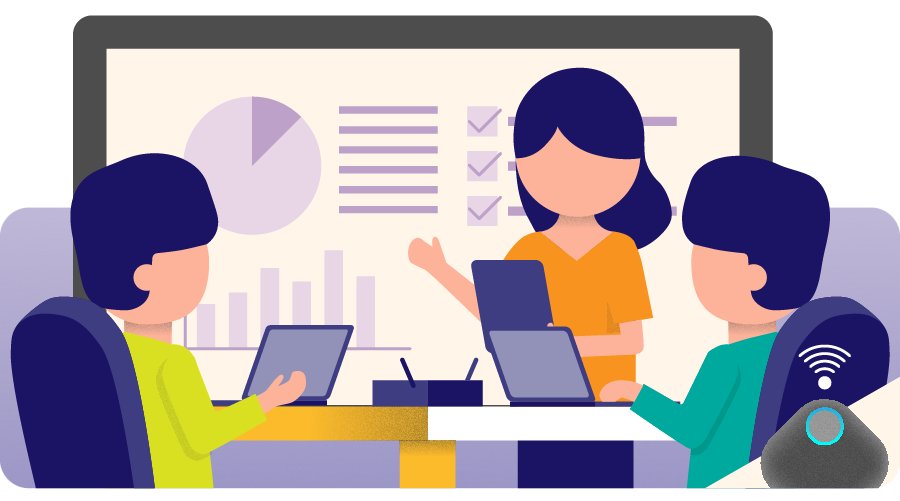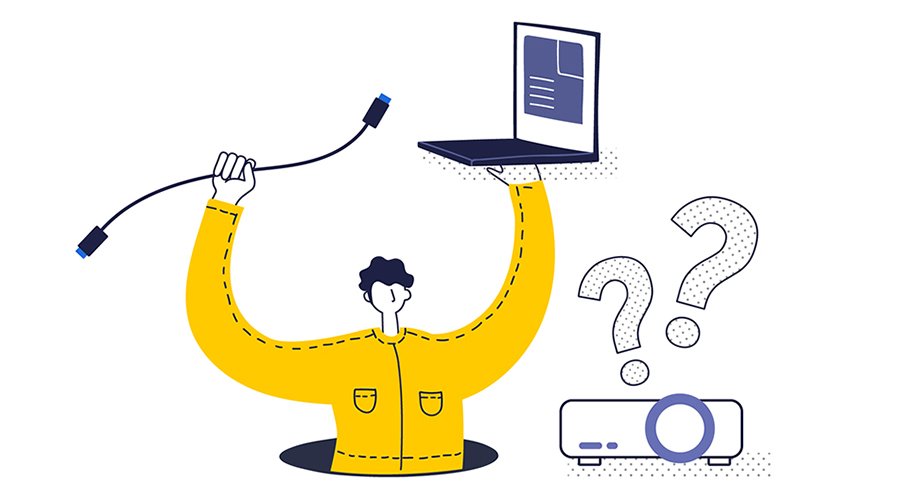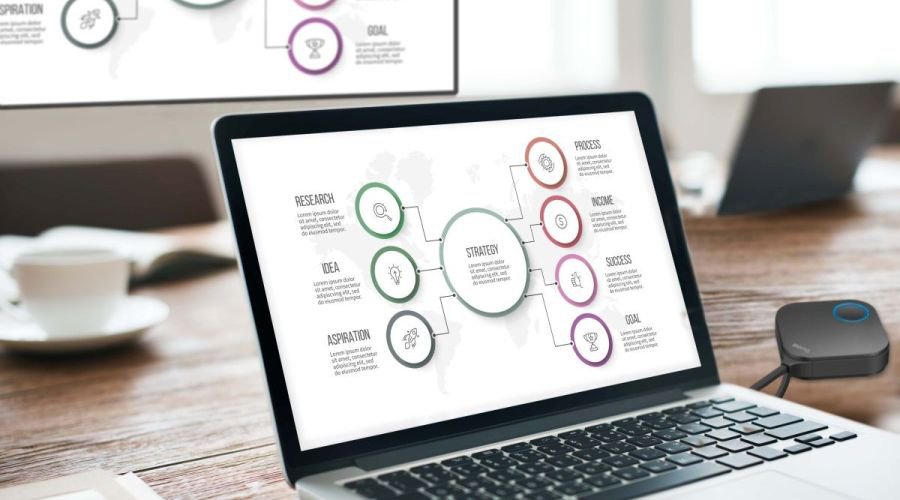Projector
Monitor
Lighting
Digital Display
Job References
This site uses cookies. By continuing to browse the site you are agreeing to our use of cookies, you can also manage preferences.
This site uses cookies. By continuing to browse the site you are agreeing to our use of cookies, you can also manage preferences.
Projector
Monitor
Lighting
Digital Display
Job References
Projector
Monitor
Lighting
Digital Display
Job References
Knowledge Center Support
If you use a Chromebook at school, or if your company has shifted to a Chromebook, then at some point you will want to share your images with others on a projector. As the world’s largest DLP projector brand – we have some helpful tips on how to connect your Chromebook laptop to a projector quickly and easily.
While most Windows and Mac notebooks have some sort of HDMI or VGA port where you can connect a projector cable, the latest Chromebooks such as the Google Pixelbook may only have a USB-C port to power an external display. While monitors are starting to include USB-C connectors on their higher-end models, there are virtually no mainstream projectors today that use this interface. You will need to get an adapter to either convert your signal to HDMI or if you have an older projector – VGA.
While wireless screen mirroring using Chromebooks is more popular, trying to pick the right one for you can be confusing – especially if you are using this in a meeting room. Here are the popular alternatives on how to get your Chromebook to wirelessly mirror your screen in seconds.
Looking at Google Play, you can find countless apps to enable you to wirelessly transmit your content to a projector. While apps like AirParrot look rather convenient and inexpensive, there are a few limitations you need to know about.
First – you have to buy extra hardware, such as a Chromecast adapter, or an Apple TV. You then purchase a license for the software – and everyone who wants to use the device is required everyone to download and register the software. Secondly, there are content limitations since most of these don’t support HDCP content, and some have other limitations such as the inability to show YouTube videos. So while the pricing is attractive, you may be giving up functionality that can be important in a classroom or business meeting.
Using a Wireless screen mirroring device is ideal for connecting a Chromebook to a projector. They enable you to present from anywhere in the room and are designed for easy use. The use of these devices has grown exponentially in the last few years according to Futuresource. We will look at the three most popular models of wireless screen mirroring – Chromecast, BenQ InstaShow, and Barco ClickShare.
A Chromebook and Chromecast seems to be a great solution – and it is for a simple screen mirroring for a home projector or casual consumer use. While its $35 price point is attractive, trying to use Chromecast with a projector in a meeting room or classroom creates several problems. Here are a few that you might encounter while using it in collaborative spaces.
BenQ InstaShow uses a button to plug into either the HDMI port of your older Chromebook or the USB-C port on your newer model. A receiver is mounted on the projector, and the button creates a secure wireless connection to the receiver in a few seconds – enabling you to mirror your screen directly from your Chromebook – just like a monitor. If you are playing HDCP copy-protected content on your Chromebook this will also be shown on the projector. Best of all, there is no app or driver to install and no licensing or subscriptions to manage after your purchase.

While Barco Clickshare is also a corporate-level solution that uses buttons like the BenQ Instashow, but these typically require an app to be running on the device. Currently, there is no Chromebook app available for the ClickShare system, so if you have a unit you will have to try and use either a webcasting or other solution to try and mirror your Chromebook screen with the projector.
As Chromebooks transition into mainstream applications such as classroom learning and corporate collaboration, you will want to consider adding a wireless screen mirroring system to your projector to ensure that visitors and employees can quickly connect and share.
Thanks for your feedback!



